Explore the Best AI Image Gallery
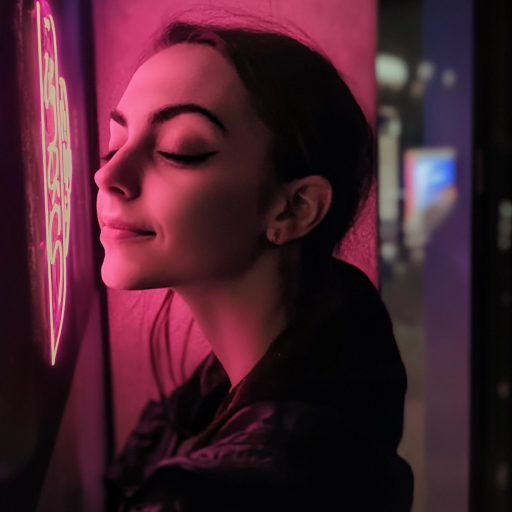
The Transformative Power of AI-Generated Images in the Art World
The integration of artificial intelligence (AI) in the creation of images has sparked a revolution in the art world, altering the landscape of creativity and expression. AI-generated art, characterized by its use of algorithms to produce visuals, offers artists new tools and mediums to explore their creativity. This post delves into the impact of AI-generated images in the creative industry, its potential uses, ethical considerations, and the trends that lie ahead.
Impact on the Creative Industry
The advent of AI technology has significantly influenced how art is created and perceived. Artists now have access to powerful tools that can assist in the creative process, from generating initial concepts to refining finished works. The ability of AI to produce unique artworks in a fraction of the time required by traditional methods allows artists to focus more on the conceptualization and execution aspects of their work.
Moreover, AI-generated images have broadened the definition of art itself, challenging traditional notions of authorship and creativity. In works produced by AI, the question of who is the artist becomes complex. Is it the programmer who wrote the algorithm, the artist who directed the AI, or the AI itself? This duality speaks to the evolving relationship between human creators and their technological innovations.
Potential Uses of AI-Generated Images
The potential applications for AI-generated images are vast and diverse, impacting various sectors beyond fine art. Here are a few notable uses:
- Commercial Art: Companies are leveraging AI to create compelling visuals for marketing campaigns, product designs, and advertising. AI tools allow rapid prototyping of graphic designs, helping creatives explore numerous variations quickly.
- Film and Game Design: AI is being used to conceptualize characters, settings, and visual effects, streamlining the production process and enabling more imaginative storytelling.
- Personalized Art: AI algorithms can analyze individual preferences to produce custom artwork tailored to the tastes of specific clients, making art more accessible and personal.
- Virtual Reality: In immersive environments, AI enhances the interactive experience by generating dynamic visual elements in real-time, contributing to a richer narrative experience.
Ethical Considerations
As AI-generated images continue to proliferate, several ethical questions emerge, demanding careful consideration:
- Copyright and Ownership: The ambiguity surrounding the ownership of AI-generated art raises critical legal concerns. Who holds the rights to the artwork? The creator of the algorithm, the user of the tool, or the AI itself?
- Representation and Bias: AI systems are trained on vast datasets that can perpetuate societal biases present within the data. Consequently, the outcomes produced by AI could unintentionally reinforce negative stereotypes or omit diverse perspectives.
- The Future of Artists: With the rise of AI-generated images, there’s anxiety within the artistic community regarding job displacement. While AI may transform roles, it could also provide artists with unprecedented resources for creativity and collaboration.
Future Trends in AI-Generated Art
As technology continues to evolve, the future of AI-generated art promises both exciting opportunities and challenges. Here are some anticipated trends:
- Increased Collaboration: We may witness more collaborations between artists and AI systems, resulting in innovative art forms that unfold through a partnership rather than a competition.
- AI as a Curator: AI could play a role in curation, analyzing audience preferences to recommend art that aligns with viewers' tastes, which may redefine how exhibitions are planned and executed.
- Regulation and Standards: As the use of AI in art grows, industries may develop ethical guidelines to navigate ownership, creativity, and bias concerns, ensuring a fair use of technology.
- More Interactive Art: The incorporation of AI may lead to more interactive art experiences, where viewers can influence the outcome of the artwork in real-time, fostering engagement and participatory art.
Conclusion
The impact of AI-generated images on the art world is profound and multifaceted. By enhancing creative tools, democratizing access to art, and challenging established norms, AI is ushering in a new era of artistic expression. However, as with any technological advancement, it comes with its share of ethical considerations that must be navigated thoughtfully. The future of AI-generated images in art will likely hinge upon a balance between innovation and responsibility, ensuring that the artist's voice remains pivotal in this emergent landscape.
](https://images.ai-img.art/thumbnails/150/3a60737a5b67fa252207ad1ae6db245a26284f53fb5846996bb34515b39ff269.webp)
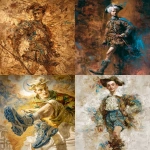



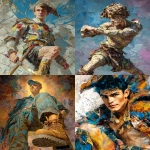
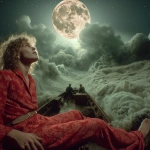

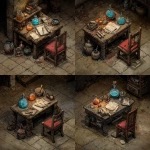
](https://images.ai-img.art/thumbnails/150/8c3bd422d50d35735d8fb33bd314a79e30e5b150129d5d09bdad822a2007593f.webp)
](https://images.ai-img.art/thumbnails/150/1614d64dd7156c95db952258978be809eb3db8cea4453fec69c49cbdfe63fa94.webp)

